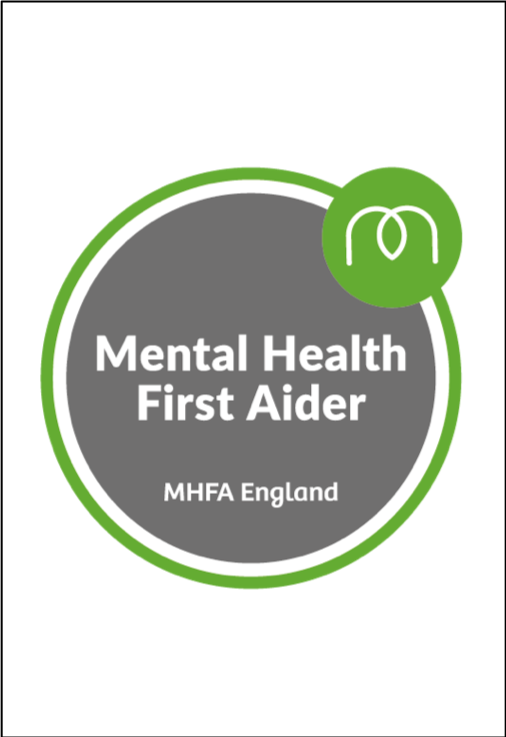The 2 most common types are: When asked to explain mental disorder, a number of us remember motion pictures like "A Stunning Mind," "One Flew Over the Cuckoo's Nest," "Rain Man" or "As Good As It Gets." Each represents people with mental disorder as unable to function typically within society. In reality, only a fraction of those with mentally disease are not able to work healthily within society.
In actuality, just an extremely little portion of the mentally ill become violent and damage themselves or others (how vitamin d affect mood mental). However, by making these cases high profile, violent images become the only images lots of Americans connect with mental disorder. Until the advent of MRI https://corrilg3ng.wixsite.com/damieniwes539/post/a-biased-view-of-how-ibs-affects-your-mental-health and PET scans, the medical community had a restricted understanding of what caused mental disorder and how to treat it.
However, our education system has not kept rate with the progressing understanding of the disease. Up until recently, a trainee might graduate from high school and never get any info about this group of health problems which impacts up to half of all Americans over their life time - how the seasons affect mental health. Without accurate info, the motion picture and news images develop definitions which are undisputed and seem to be factual.

Often individuals fear being identified as "insane" and being ostracized if their good friends, coworkers, manager, or next-door neighbors realise they have a mental disorder. This worry of being "learnt" causes individuals to prevent seeking treatment, fail to take medications, isolate, and lose self-esteem. Research studies show bias and discrimination against those who are mentally ill is prevalent and typically as disabling as the illness itself.